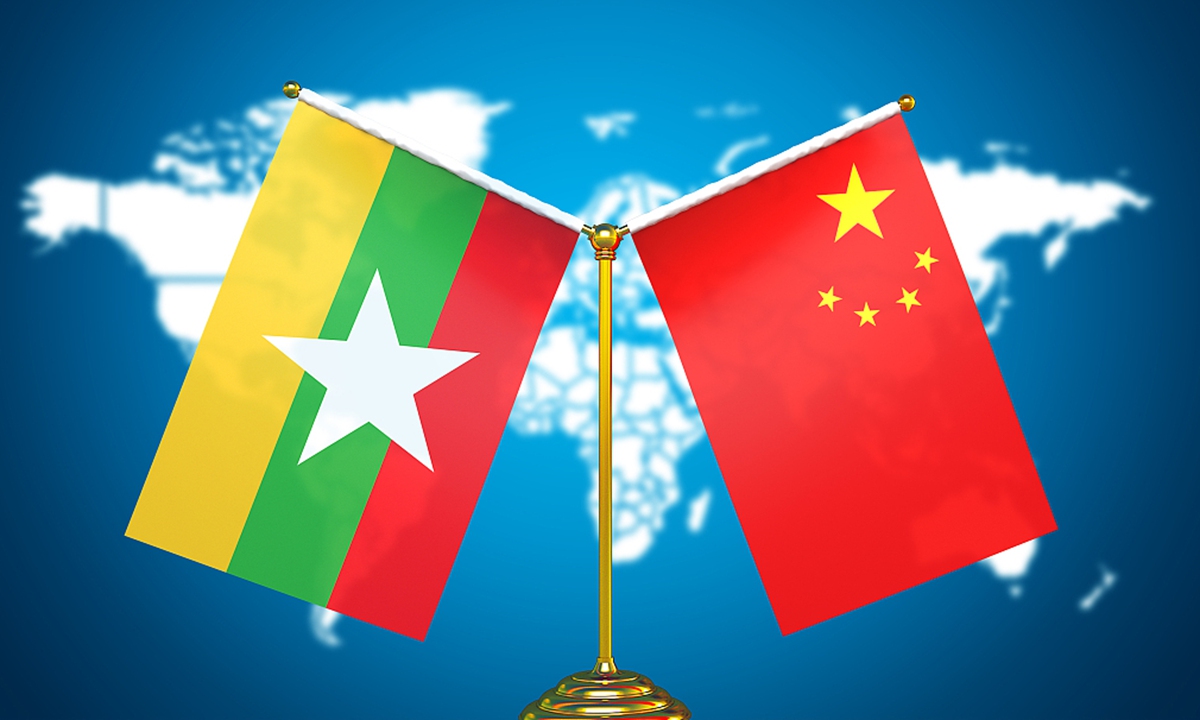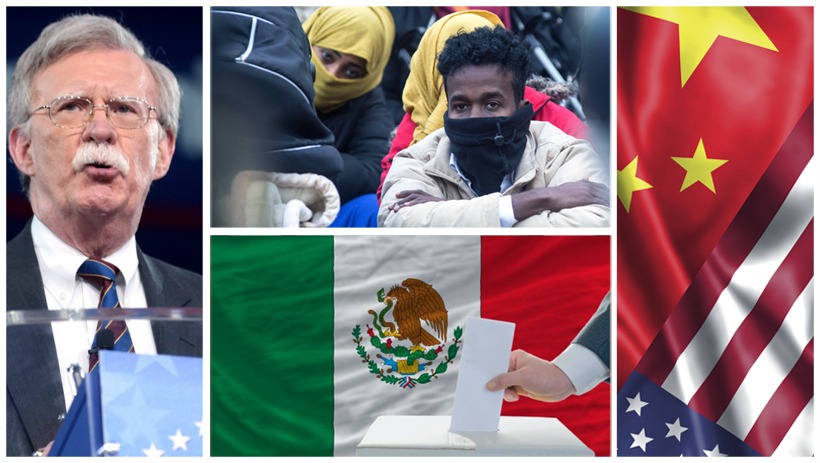The country sits at the center of Beijing’s vision of a secure, integrated southern rim in the region.
The country sits at the center of Beijing’s vision of a secure, integrated southern rim in the region.
By Mehmet Enes Beşer
As the global interest remains captivated by great power competition and regional fault lines in the Indo-Pacific, one underappreciated actor remains a quietly salient factor in Chinese strategic thinking: Myanmar. Conventional wisdom had it that Myanmar sat at the periphery of high-order geopolitics, when in fact, it sits at the center of Beijing’s vision of a secure, integrated southern rim in the region. It not only provides China with geographical links to the Indian Ocean, but a valuable corridor deep within Southeast Asia, one that bypasses the choke points of its rivals. Myanmar is not a convenience ally of China, but a keystone in a regional strategy that integrates infrastructure diplomacy, security engagement, and political inroads under the guise of “South-South” cooperation.
The least, and possibly the most obvious, aspect of Myanmar’s strategic value is geography. It shares a 2,100-kilometer border with China’s Yunnan province, and thus direct land access to the Bay of Bengal, opening the door to a potential back door out of Beijing’s strategic vulnerability in the Malacca Strait, through which a high percentage of its oil and gas supplies pass under U.S. and ally eyes. It is the very reason the China-Myanmar Economic Corridor (CMEC), one of the big pieces of the Belt and Road Initiative (BRI), is so crucially central. With the deep-sea seaport of Kyaukphyu and the China border railway proposed, China is charting a logistics chain from its western interior to the Indian Ocean in under a week, effectively redesigning regional trade flows and eliminating strategic vulnerability.
But Myanmar is not a bridge, it’s a stage of influence. China’s engagement in the country extends beyond the construction of infrastructure to diplomacy, energy, technology, and even domestic politics. In the aftermath of the military coup of 2021, when the West imposed sanctions and withdrew diplomatic relations, China’s response was one of pragmatic continuity. Avoiding condemnation but not coming out in support of the junta, Beijing preserved high-level connections. This stance leaves Beijing’s access and clout in place and positions it as the leading actor in Myanmar’s post-junta politics.
China’s Myanmar strategy is a reflection of its broader foreign policy in the region: adaptive, interest-based, and multi-layered. It avoids exclusive identification with the military or other state actors and cultivates relations along the fractured lines of Myanmar’s politics. It maintains ties with the military, various ethnic armed groups, and business elites to retain leverage regardless of which party is in power. This hedging strategy, more a function of realism than of ideology, is a way of keeping options open and securing dividends in a war-torn country.
China’s presence in Myanmar is not trouble-free, however. Anti-Chinese sentiment in Myanmar periodically flares up among the populace, and especially at the time of perceived foreign patronage or support of unpopular governments. Chinese investments, especially in extractives and mega-infrastructure, have in the past also come under criticism as opaque, displacing people, and delivering fewer rewards to the locals. Myanmar’s politically charged politico-military context in its north, where ethnic insurgents control border areas, also makes China’s pursuit of stability even more complicated. Beijing’s pursuit of security in the border areas also, at times, comes in conflict with its de facto connections to the periphery’s non-state players, creating a web of contradictions to delicately negotiate. Besides security and economic concerns, China also views Myanmar as a testing ground for soft power projection. From the Confucius Institutes to cultural exchanges and “vaccine diplomacy” in the days of the pandemic, Beijing has sought to project itself as a good neighbor that is committed to common development. Its soft power is not always effective, not least among the young and politically engaged citizens, but it is the cornerstone of China’s attempt to brand its approach to the region as different from that of the West.
China’s projects in Myanmar also need to be put in the larger regional strategic perspective of Indian and American presence in the region. Both the United States’s Indo-Pacific vision and India’s Act East target Myanmar as a pivot node. China’s deepening presence, in the CMEC in the first instance, is not so much a matter of creating connectivity—it is also a matter of the counterweight to potential efforts at containing or girdling its presence in the region. In that regard, Myanmar is a geopolitcal hinge: the more firmly it swings in the direction of Beijing, the more it tilts the regional balance of power.
However, even that swing is not guaranteed. Myanmar’s volatility, the junta’s legitimacy in question, and a wary civil society constrain Beijing’s leeway to secure its status quo. In addition, China’s penchant for predictability and openness tend to work at cross purposes to Myanmar’s internal instability. Even as the junta welcomes Chinese investment and diplomatic support, it is wary of being too dependent on it. This leaves both sides dancing a cautious convergence, both pursuing strategic interests while attempting to manage asymmetries.
Conclusion
Not just a recipient of Chinese regional calculus, Myanmar is also a facilitator of it. Pipelines and port facilities, diplomacy and deterrence, Myanmar offers China both staging areas and corridors to broader Indo-Pacific competition. It’s worth, though, is not just in geography or assets, but in the leverage it provides against competitor powers, and the flexibility it provides to Beijing’s multi-vector diplomacy.
However, the relationship comes with its adversities. China must balance its role in Myanmar carefully to avert backlash, contain risk, and preserve long-term strategic dividends. Overreaching could kindle nationalist anger or drive Myanmar toward the arms of other allies. Under-engagement could, on the other hand, forfeit ground in a country where influence is increasingly contested.
In the case of Myanmar, the choice is no longer so imperative. Engaging China will bring potentially useful infrastructure, investment, and diplomatic backing—but at the cost of increased dependence and shrinking political space. The test will come in Myanmar’s being able to use its strategic value to achieve tangible dividends, and not in being sucked in by the vortex of being a chess piece in great power games. Finally, the China–Myanmar connection is not a static one, but a dynamic balance fueled by currents of change, internal upheavals, and calculations of the longer term. As China seeks to reorient the geopolitics of Asia, Myanmar will be a contested and crucial link in the chain. Its fate will not only set the direction of a country in transition, but the power architecture of a more unstable region.

















Leave a Reply